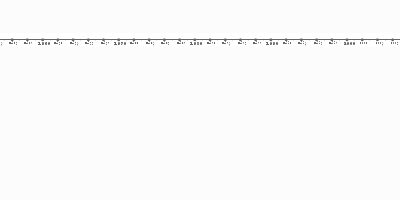Chinese Communist Revolution (jan 1, 1945 – jul 1, 1949)
Description:
The Chinese Communist Revolution was a major political and social movement that happened in China between the 1920s and 1949. It was mainly a struggle between two groups: the Chinese Communist Party (CCP), led by Mao Zedong, and the Nationalist Party (called the Kuomintang or KMT), led by Chiang Kai-shek. After the Qing Dynasty fell in 1911 (I think their emperor was like 11, so it makes sense), China went through a period of chaos, warlord rule, and foreign interference. The KMT tried to unify the country, but many people, especially peasants, were unhappy with poverty, corruption, and inequality. The CCP promised land reform, equality, and a better life for workers and farmers, which helped them gain support. The two parties worked together for a short time to fight Japan during World War II, but after the war ended, they went back to fighting each other in a civil war. The Communists were able to win over the rural population and used guerrilla tactics to defeat the Nationalists. In 1949, Mao Zedong declared the founding of the People’s Republic of China, and the KMT fled to Taiwan. The Communist victory completely changed Chinese society, leading to land reforms, the rise of a one-party government, and major shifts in the economy and daily life. Important figures include Mao Zedong, who became the leader of Communist China, and Chiang Kai-shek, who led the Nationalists.Added to timeline:
Date:
jan 1, 1945
jul 1, 1949
~ 4 years and 5 months
